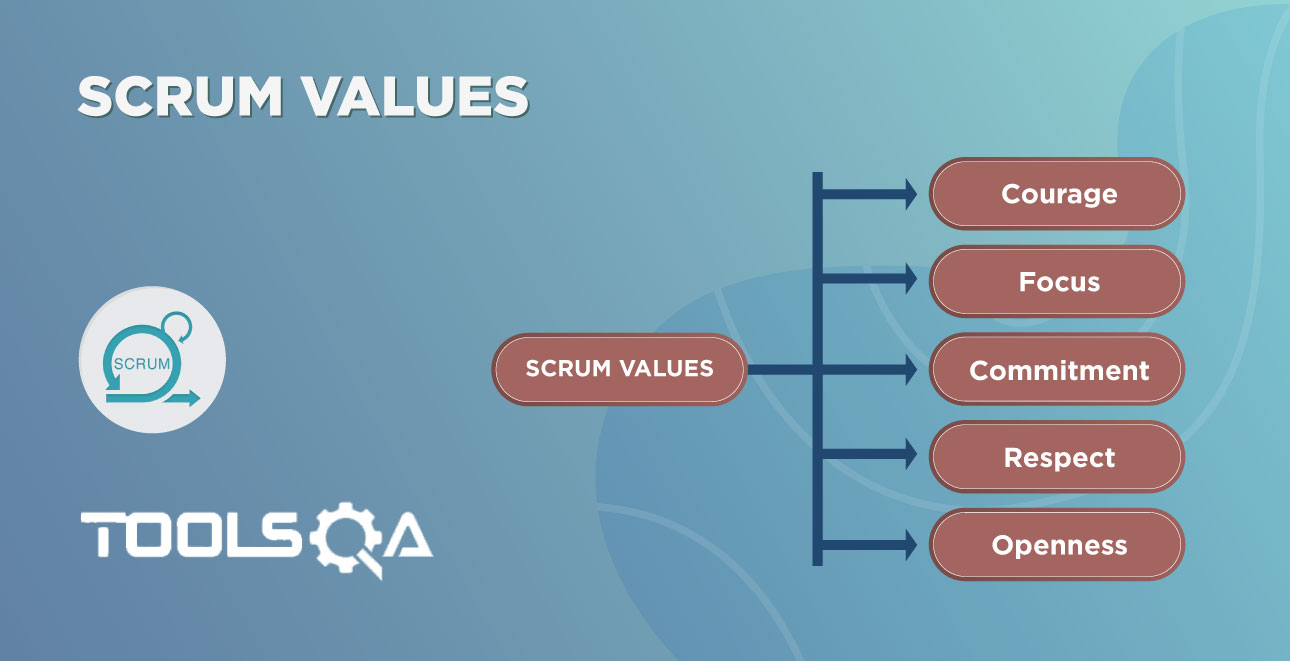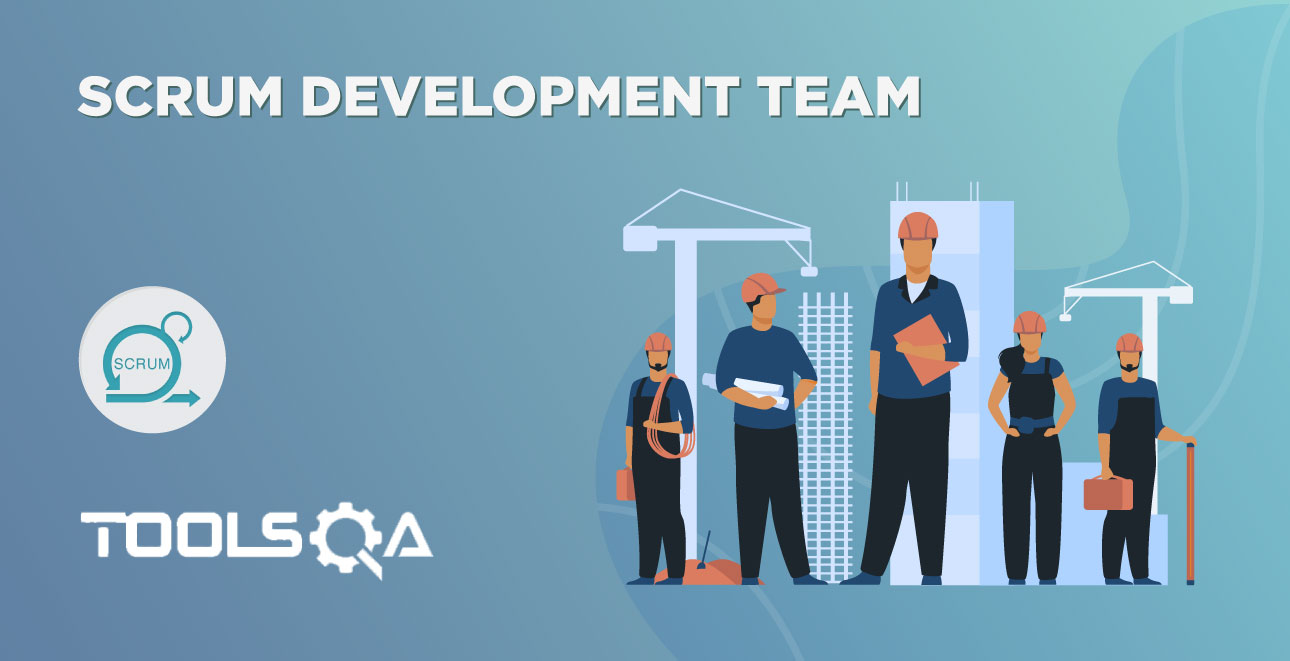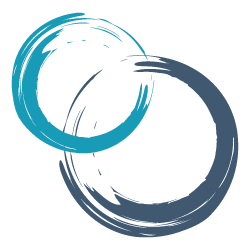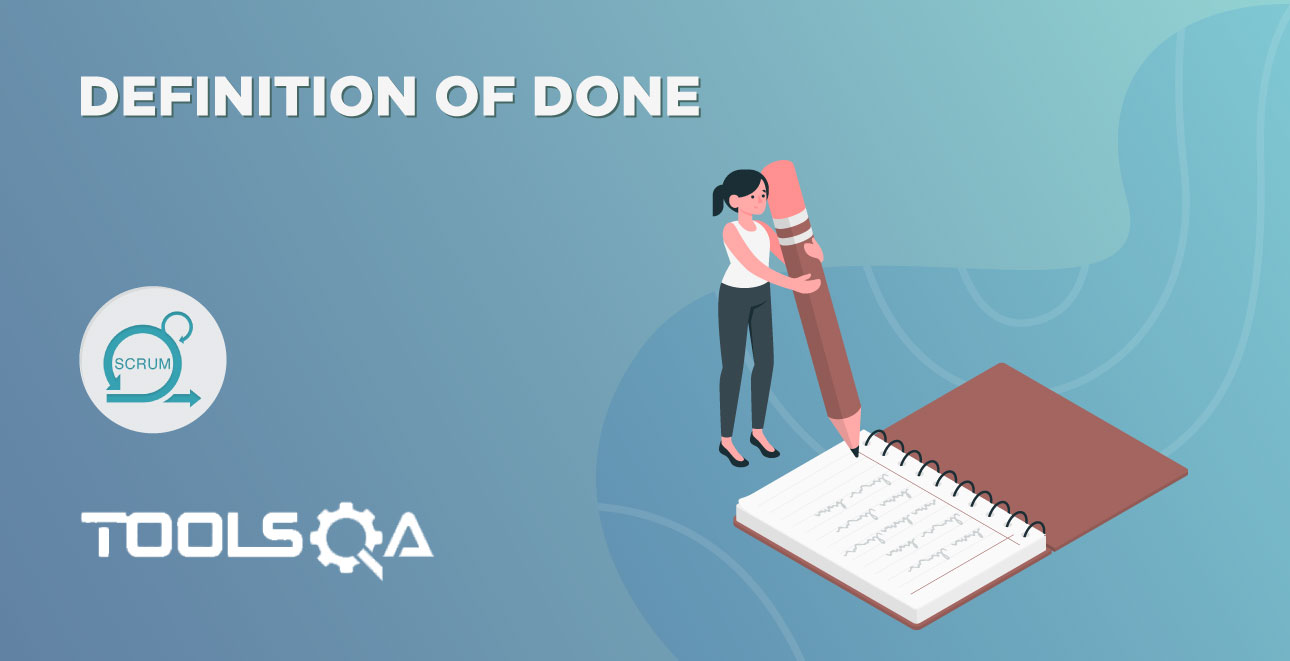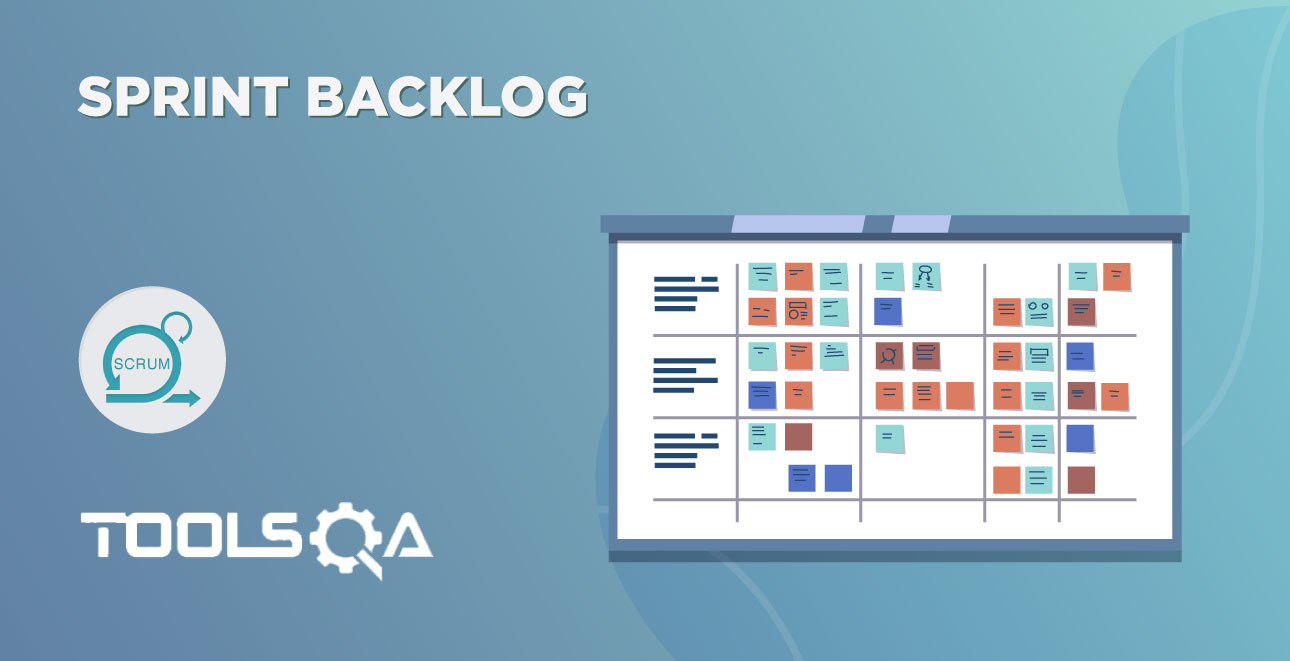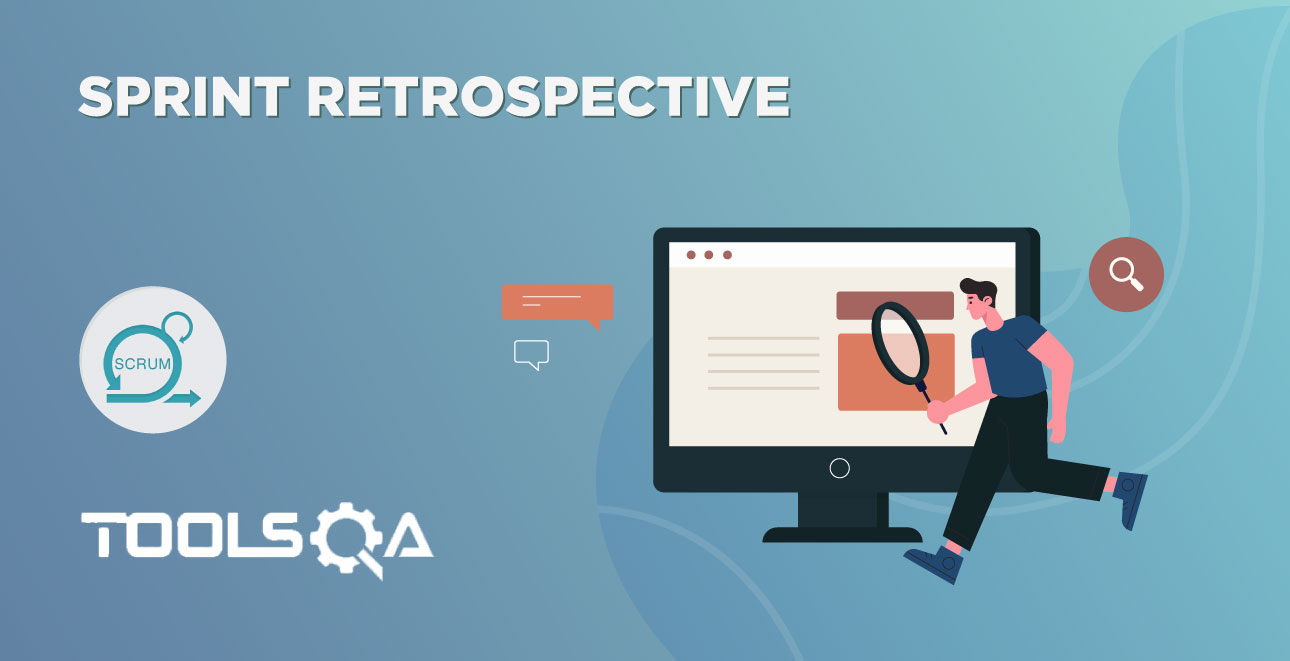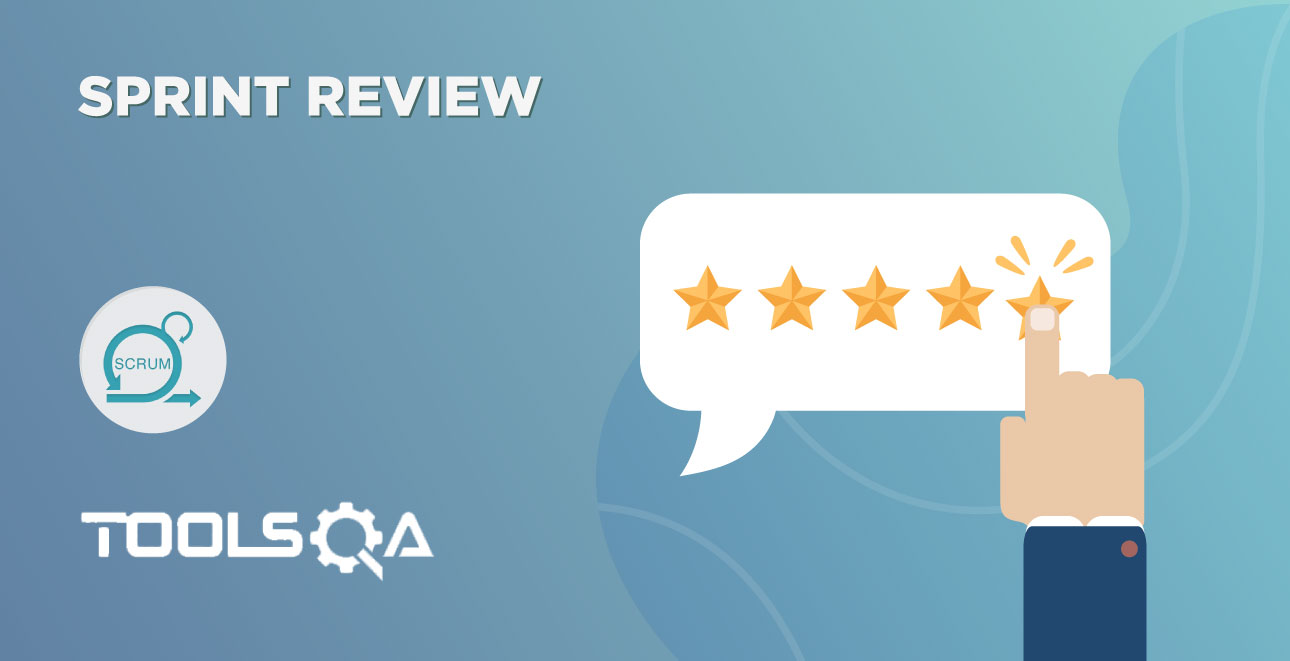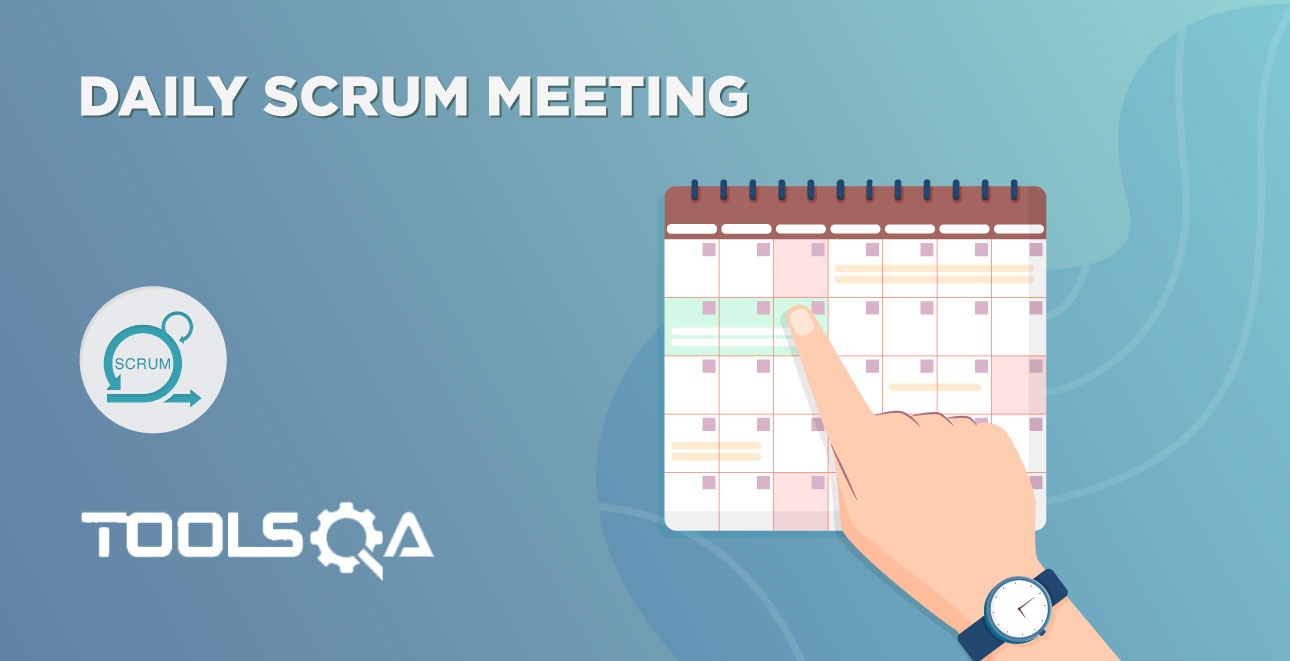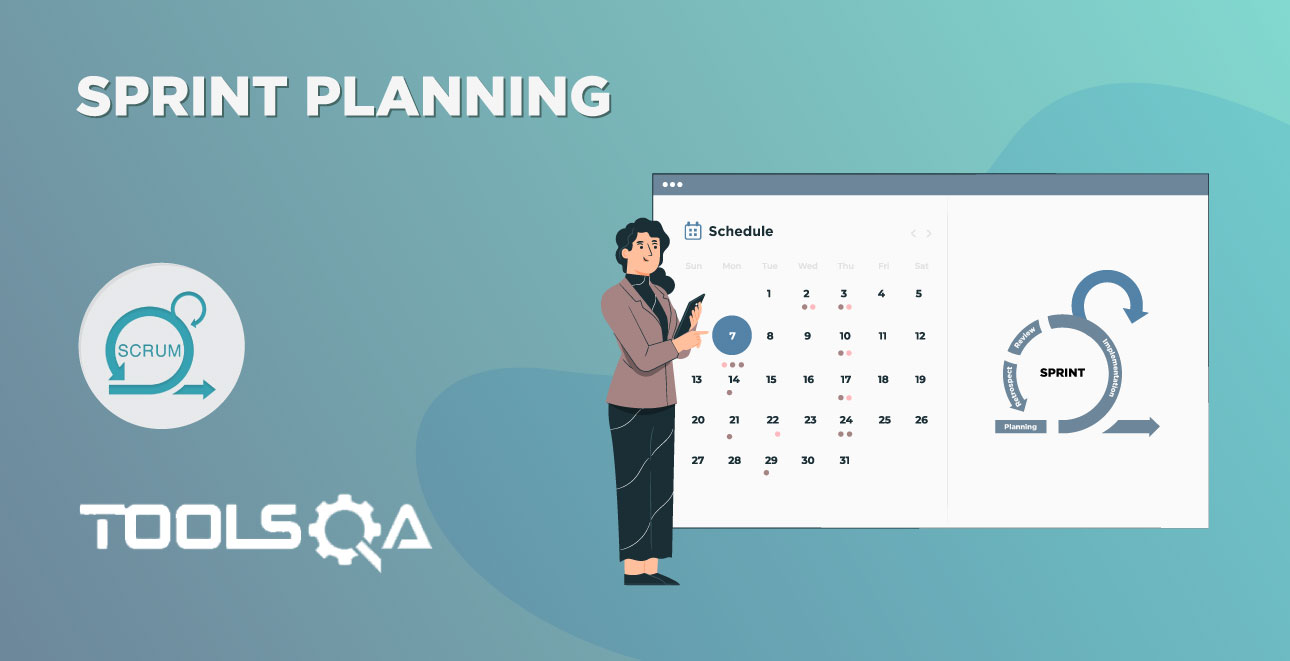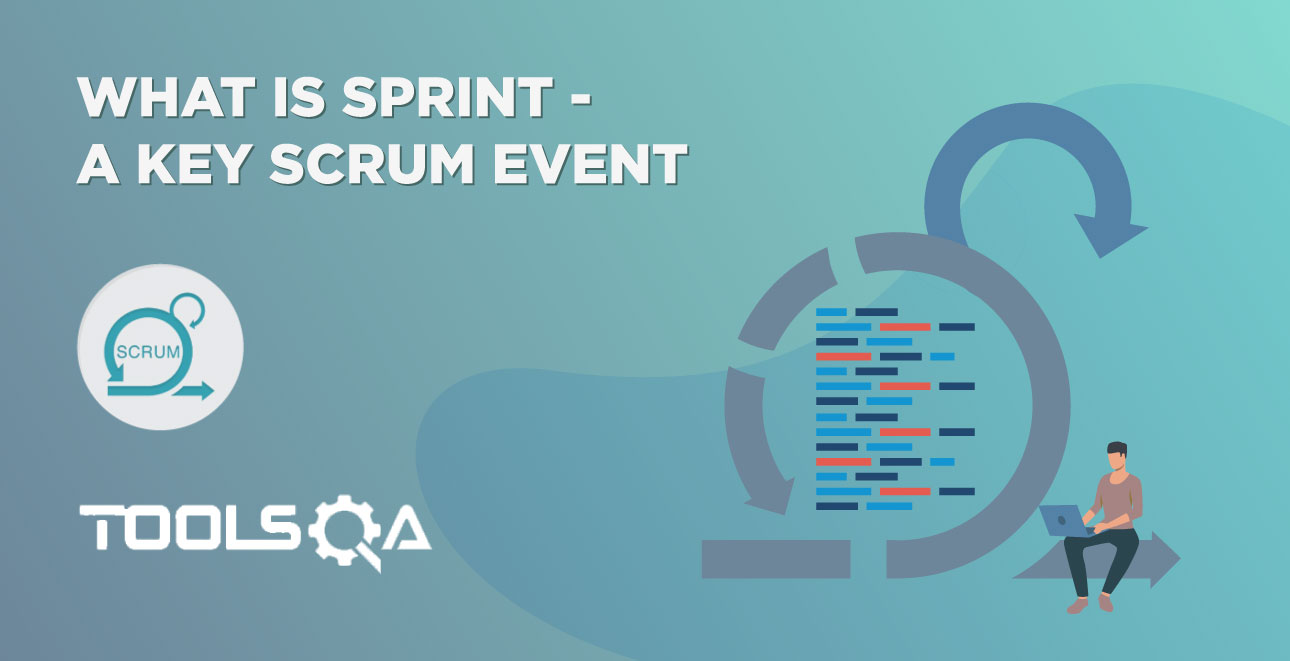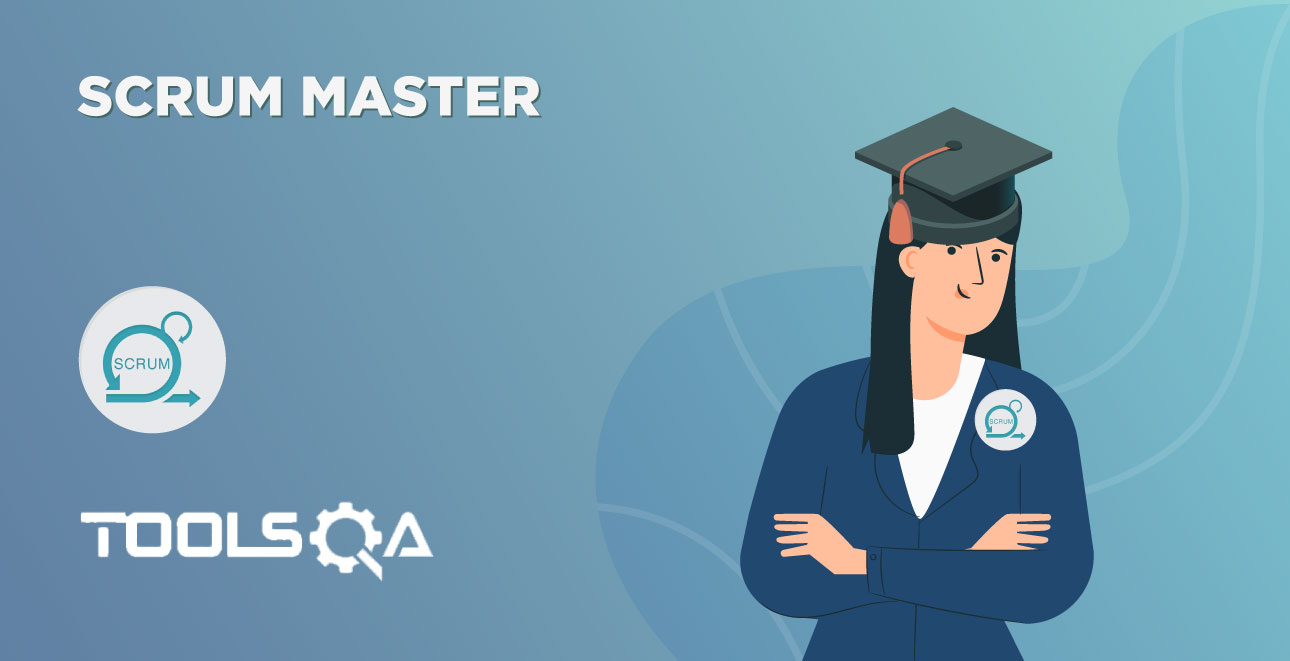The Scrum prescribes three roles - The Product Owner, the Scrum Master, and The Development Team. In this article, we will discuss The Product Owner and understand how this role helps in the success of Scrum. We will go thru the below topics.
- Who is a Product Owner?
- What are the responsibilities of a Product Owner?
- What are the characteristics and skills required of the Product Owner?
Who is a Product Owner?
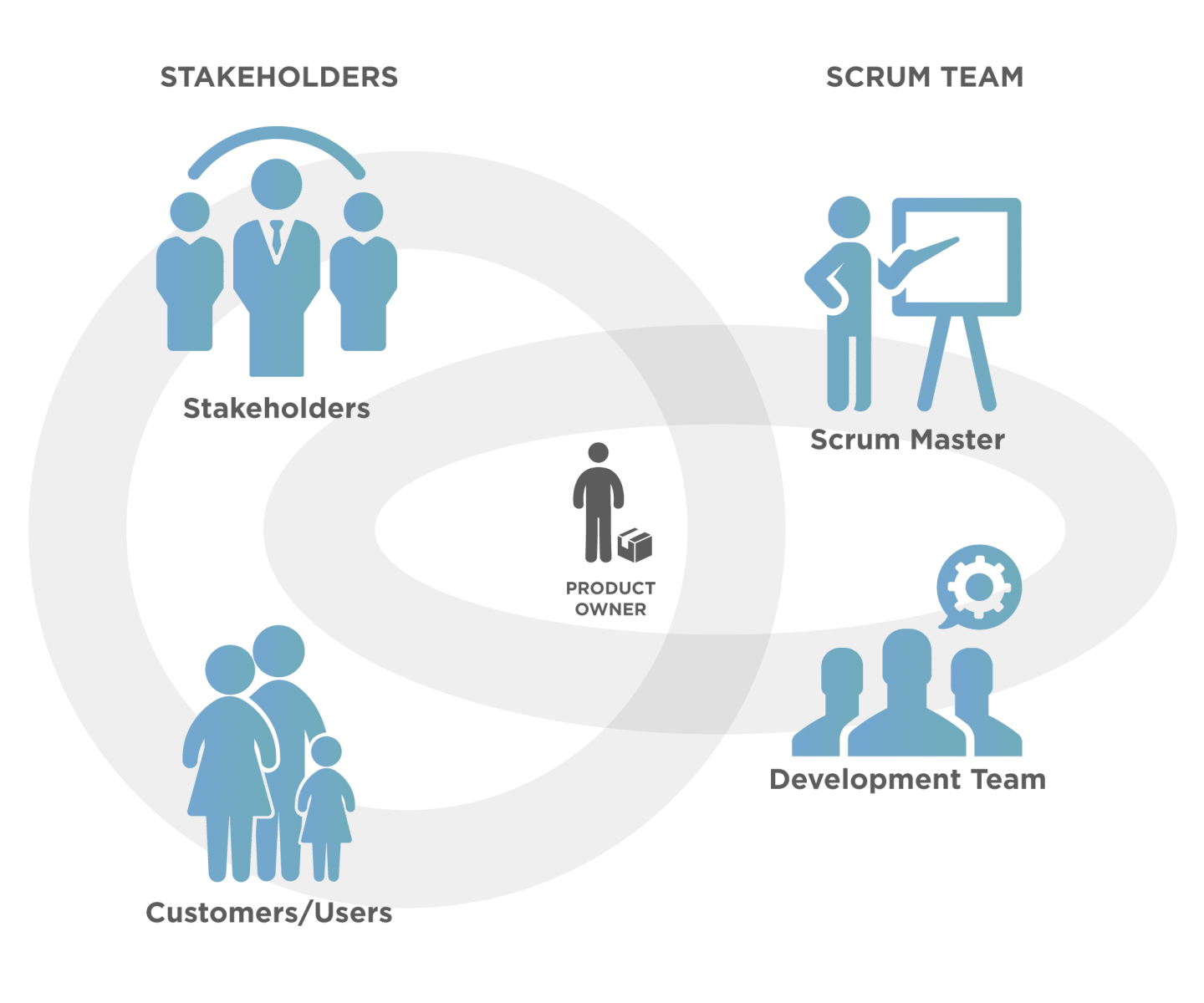
The Product Owner is a crucial Scrum Role. He is responsible for determining which features and functionalities will develop, and the order in which we will take it up. He ensures that the team has a clear vision of sprint goals and overall objectives that need to achieve.
The Product Owner is the central point of product leadership, which means he has the sole authority to decide what will develop in Sprint. As such, the product owner is responsible for the overall success of the solution that the scrum team develops.
What are the responsibilities of a Product Owner?
The Product owner needs to work with customers, users, and organizational stakeholders to understand their needs, and then translate that into the product backlog. He also needs to work with the Scrum team to refine the backlog and ensure that team understands the shared goal. Let's take a look at all the responsibilities that the Product owner is responsible for:
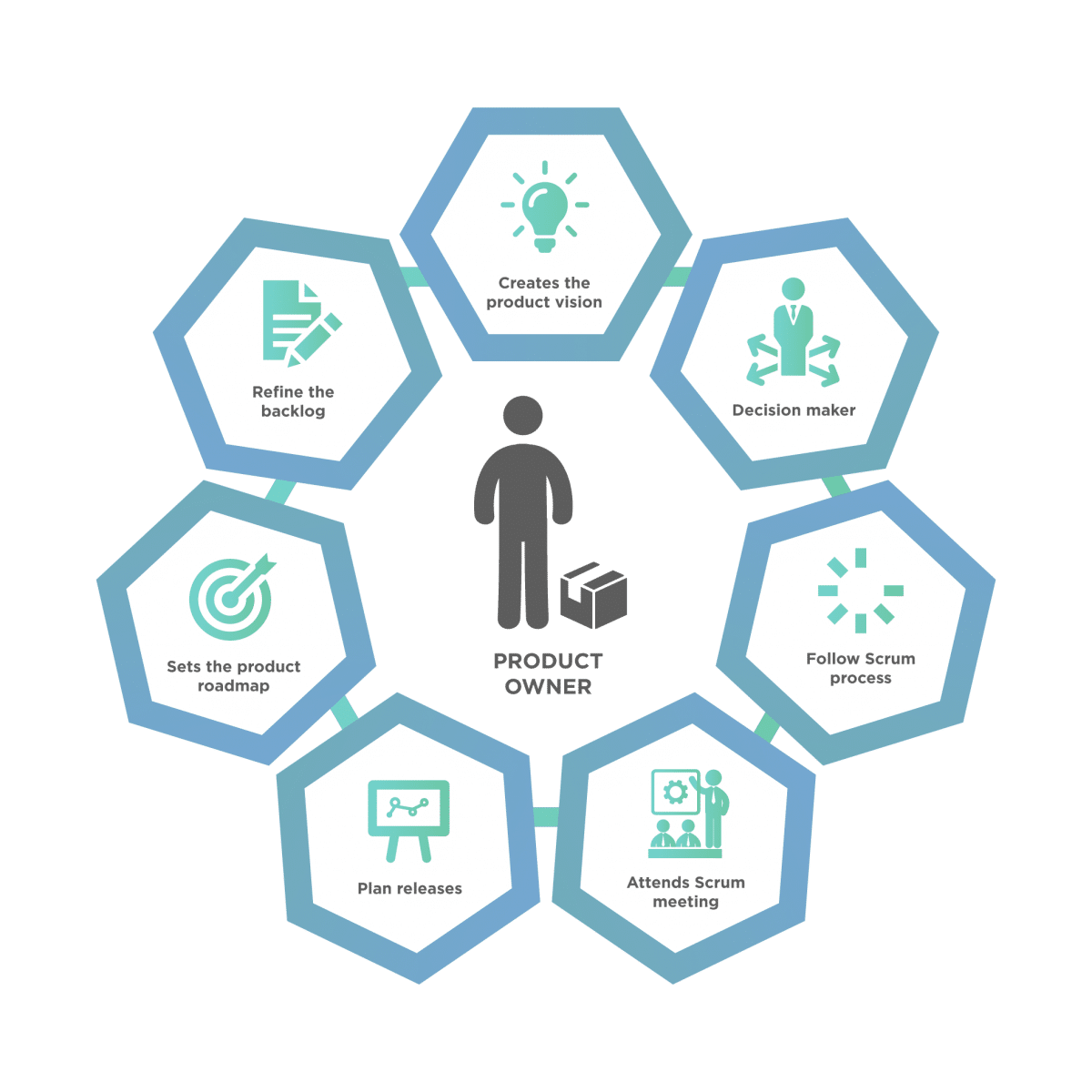
Manage Economics
The Product Owner is like a mini CEO of the Scrum team. He needs to manage the economics and ensure that he is getting sufficient Return of Investment from the work that Sprints achieve.
At a release level, the Product owner keeps an eye on scope, budget, and time. He will make any trade-off as needed. E.g., there is a new feature that customers are asking which can improve the sales of the product. The product owner can decide to increase the release scope. It might lead to extra resources or extra time, and this is a trade-off that the product owner will decide.
At a Sprint level, the product owner ensures that sprint goals meet, and the team is making good progress to overall release goals. If the product owner thinks that the team is not making good enough progress, and the team might not be able to finish the release in the required time, then he can decide to scrap future sprints.
The Product owner also manages backlog economics. The backlog is prioritized based on the value that the feature brings on the table. E.g., we prioritize a feature in the backlog, but later it was found that it's much more complicated than initially estimated. As such, it will take more time/cost to develop, and the return of investment may not be high. In such cases, the product owner will decide to either de-scope the feature or lower it's a priority, so we don't pick it up first.
Participate in Planning Meetings
A Product Owner has to participate in several planning meetings with different stakeholders.
- Portfolio Planning - An organization could have several products that it intends to work. These will be picked up based on the value they bring to the organization. The Product Owner works with internal stakeholders (e.g., governance board) to ensure that product prioritization is correct. He also works with them to determine the start and end date of the product development.
- Product Planning - The goal of product planning is to envision the product. It includes creating a vision of the product, high-level features, and a Product Roadmap. The product owner works with stakeholders to get a shared vision of the product. It is crucial for the success of the product that all the stakeholders share the same vision of the product that they will develop.
- Release Planning - A product development could span across multiple releases. The product owner works with stakeholders and the Scrum team to define the scope for a release.
- Sprint Planning - The product owner works with the Scrum team to define the Sprint goal. He provides input to the team to enable them to select a set of product backlog items that can deliver within the Sprint.
Product Backlog Grooming
The product owner is responsible for refining, estimating, and prioritizing the product backlog items. He doesn't do all the work by himself. E.g., the Development Team does the Estimation, and the product owner only helps them with any clarifications required. The product owner, however, is still responsible for carrying out all these activities properly.
Define and Verify Acceptance Criteria
The Product owner defines the acceptance criteria for each story. These are functional and non-functional conditions that the development should cater to. This activity is done before Sprint planning when the Scrum team picks the story for development.
Once the team has finished development, the product owner is responsible for verifying that the story develops as per acceptance criteria. Based on this, he will either accept the story as Done or suggest modifications.
Stakeholder Collaboration
The product owner needs to collaborate with internal and external stakeholders. He also needs to collaborate very closely with the Scrum Team. Internal stakeholders are usually organizational leads, executives, etc. while external stakeholders could be customers, users, etc. The product owner needs to ensure that all these stakeholders are on the same page, and share a common product vision.
What are the characteristics and skills required of the Product Owner?
As we have seen, the Product Owner plays a very critical role in the success of the overall product. As such, it's very important that the product owner has the right skills and characteristics. What are these? Let's have a look.
Domain Skills
The product owner is responsible for working with stakeholders to create a product vision and roadmap. He is also responsible for creating product backlog and acceptance criteria for stories. In order to do all this work, the product owner needs to be very strong in Domain. For .e.g. If the product is related to the Banking domain, the product owner needs to be an expert in Banking and Financial Domain. He would need to understand how a bank functions, what are the regulatory guidelines that govern the bank. He should also know how does the current product features compare to its competitors.
People Skills
The product owner works with different stakeholders to create a common vision for the product. Different stakeholders may have different and conflicting needs. The product owner needs to have good people skills where he could negotiate and build consensus. He should also maintain a good relationship with all the stakeholders.
Decision Making
The product owner must be empowered to make his own decisions. He should be able to make hard decisions when needed. There are often situations where the product owner needs to make a trade-off between scope, time, and budget. He should be able to take these decisions in such a way that it balances stakeholder needs, and also keep the technical realities in mind.
Accountability
The product owner is ultimately accountable for the product that gets created, and a significant part of the success or failure of product rest on his shoulders. The product owner is responsible for creating a backlog, define prioritization, and to guide the Scrum team along the way. He has the authority to cancel the development efforts if things are not going the right way. As such, the product owner should take the accountability of the product. He should be commit and available to the Scrum Team, and to other stakeholders.
Common Questions on Product Owner
Now that we have understood who is a product owner and what all he is responsible for, let's take a look at some of the common questions that people have on the Product Owner.
Can a Product Owner Support Multiple Scrum Teams?
We have seen all the responsibilities that the Product Owner needs to perform in a Scrum Team. We have also seen how he needs to interact with all the stakeholders and also guide the Scrum Team. As Such, it's not a good idea to have a Product Owner support multiple teams, especially if these teams are working on un-related functionalities and different products. In some cases, there could be a single product, but to keep Scrum team size small and within Scrum guidelines, the team could be split into multiple Scrum Teams. In such cases, it makes more sense to have the same product owner to cover these teams.
However, to ensure that the Product owner can do justice with these teams, he can have his own small team of Business Analysts (or sub-product owners) who support him on these activities, though the Product Owner remains accountable, and has got the overall authority.
Can multiple product owners be part of the same Scrum team?
There should be only one Product Owner for a Scrum team, who is accountable and authorize to take all product-related decisions. Having multiple product owners will result in conflicts, and hence we need a single product owner for a Scrum Team. If there are multiple Scrum Teams working on the same product, we could have a small team of BA and sub-product owners who can support backlog creation and refinement, however, the Product owner remains the single authority for the product being developed.
What happens when the product owner is not available during Sprint?
If Scrum Master is not available, one of the senior development team members could play that role. But what do we do if the Product Owner is not available? If it's a planned vacation, then the Scrum Master needs to work with the Product Owner to ensure that we have stories refined for next Sprint, so the development team has enough to work on. If there are multiple Scrum Teams working on the same product, then it's likely that the Product owner could have a team to Business Analysts, who could cover up for him. In other cases, the Scrum Master could directly reach out to stakeholders to get any answers related to the product.
As a best practice, we always recommend that at any point in time, the development team has got enough stories refined to work on for the next two sprints. This will reduce dependency on Product owner, in case of any unplanned leaves.
